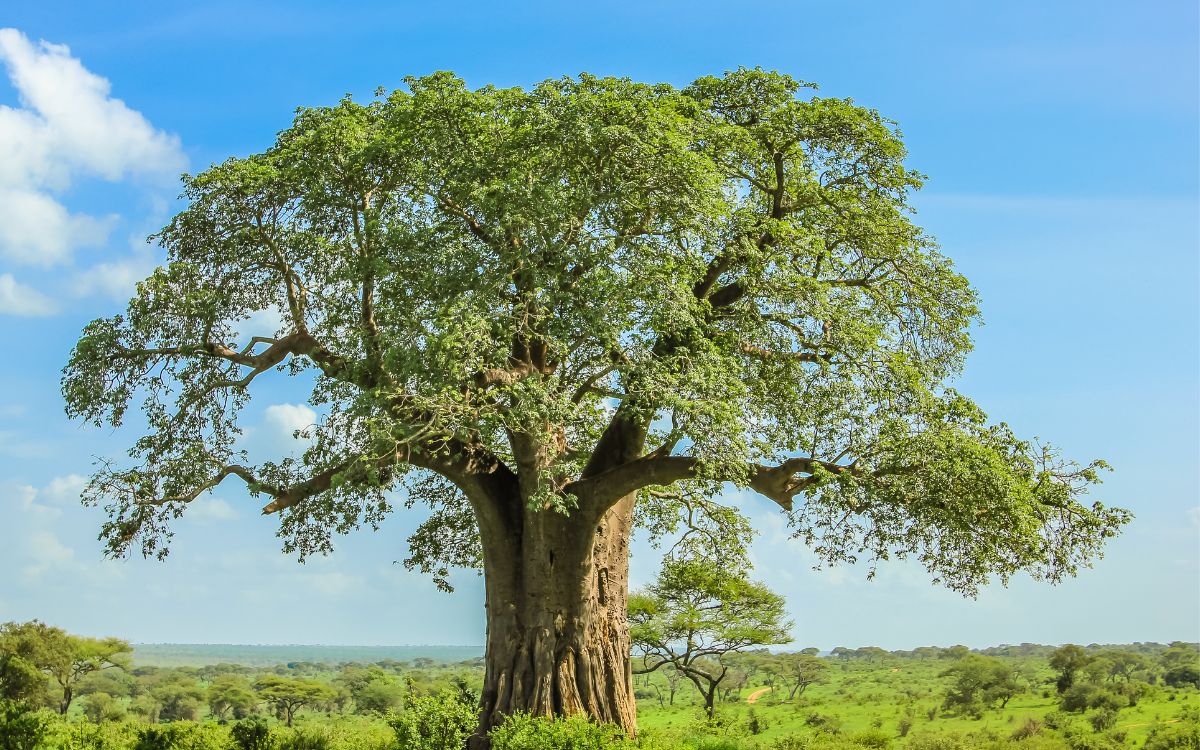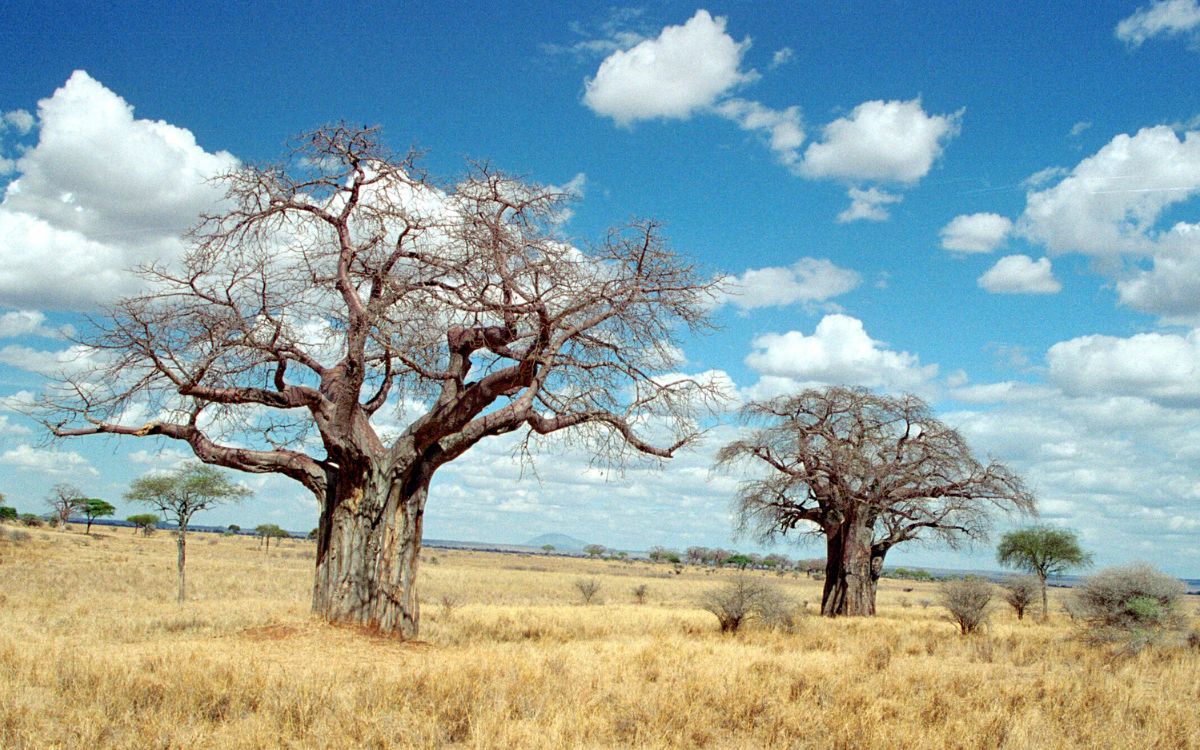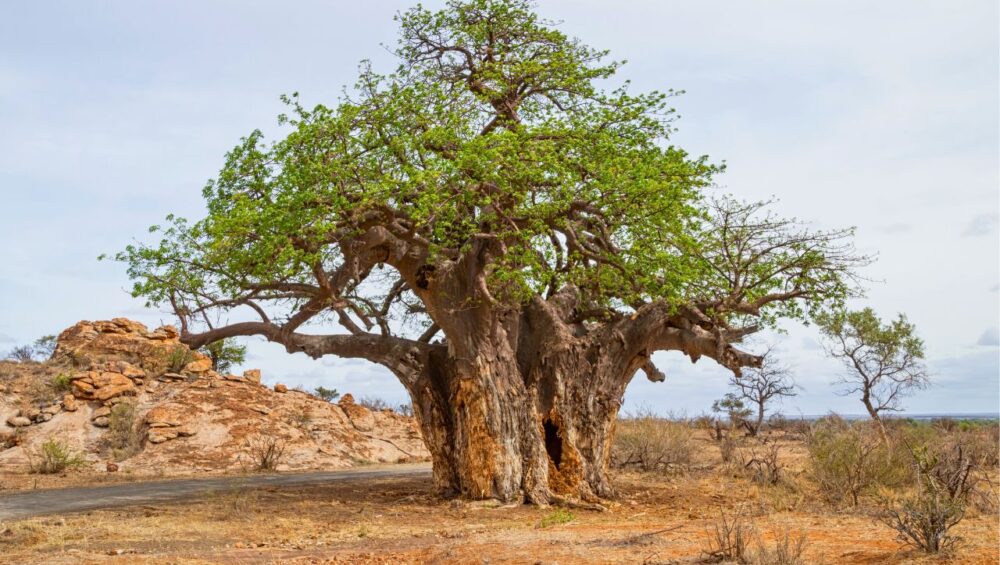Nature never fails to amaze us with its wonders, and one of the most fascinating creations is the baobab tree. With its magnificent size and unique features, this tree has captivated the curiosity and admiration of people around the world. In this article, we will delve into the wonders of this magical tree and explore why it is often referred to as the “Tree of Life.”
Overview
The baobab tree, also known as Adansonia digitata or the African baobab, is a deciduous tree that is native to Africa. These trees are known for their massive size and distinct appearance, making them stand out in any landscape. They can reach heights of up to 30 meters making them some of the largest trees in the world. This iconic tree is known for its long lifespan, with some specimens reaching up to an astounding 3,000 years.
One of the most distinctive features of the baobab tree is its massive trunk. The trunk is covered in a smooth bark that can be either reddish-gray or brown. Additionally, the baobab tree is easily recognized by its branches, which spread out horizontally and resemble roots. This unique feature has given rise to its nickname of the “upside-down tree.” Aside from its aesthetic appeal, the baobab tree serves a wide range of purposes.

Why Is the Baobab Tree Called The Tree of Life?
In African communities, the tree provides shade and shelter for humans and animals alike. Moreover, the baobab tree plays a vital role in supporting diverse ecosystems, providing a habitat and food source for various species. The baobab tree is often referred to as “The Tree of Life,” and this name holds great significance due to its remarkable ability to store water in its trunk. In the harsh and arid landscapes of Africa, where the tree predominantly thrives, water is a scarce resource, particularly during the dry seasons.
The baobab tree has evolved to adapt to these challenging conditions by developing a unique adaptation. Its massive trunk, which can grow over 10 meters in circumference, acts as a natural reservoir, storing vast amounts of fresh water. This ability allows the tree to survive and even thrive during the driest years when other vegetation may struggle.
The stored water in the tree’s trunk not only sustains its own survival but also supports the production of nutritious fruits. Baobab fruits are rich in vitamins, minerals, and antioxidants, making them a valuable food source for both humans and animals. In fact, the baobab fruit has gained popularity as a superfood in recent years, thanks to its impressive nutritional profile and potential health benefits. From a refreshing drink to baobab powder used in various food products, the baobab fruit has found its way into the diets of many.
But did you know that it takes 8 to 23 years for baobabs to flower and start producing fruits? That’s one reason why these trees are rarely cultivated by farmers. However, researchers from the Ho Technical University in Ghana have recently managed to get baobabs to flower in less than three years. Their project might result in the emergence of baobab plantations throughout Africa.
The tree’s leaves are also edible and can be used in traditional dishes. Additionally, the tree’s pollen and nectar attract pollinators, supporting the reproduction of other plant species in the area.

Ecological Importance
The baobab tree, with its majestic presence and unique characteristics, holds great ecological importance in the African savanna ecosystem. These iconic trees play a crucial role in maintaining soil conditions, nutrient recycling, and preventing soil erosion.
During the dry season, when rainfall is scarce, baobabs store water in their massive trunks. This not only enables their survival but also allows them to provide a vital water source for other species. Animals such as elephants, baboons, and birds rely on these water reservoirs to quench their thirst and endure the harsh conditions of the dry season.
Baobabs also contribute to nutrient recycling in the ecosystem. Their fallen leaves and fruits decompose, enriching the soil with essential organic matter and nutrients. This process supports the growth of other plants in the vicinity, ensuring a healthy and balanced ecosystem.
In addition to their contributions to soil conditions and food supply, baobab trees also play a role in preventing soil erosion. With their sprawling roots, they firmly anchor the soil, reducing the risk of erosion caused by wind and water. This natural protection helps to maintain the stability of the land, preserve fertile areas, and safeguard the habitat for various species.
Conservation Efforts
Despite its significance and ecological importance, the baobab tree is facing threats due to deforestation, climate change, and land degradation. Recognizing the need to protect these majestic trees, various organizations and local communities have initiated conservation efforts. These include raising awareness, promoting sustainable harvesting practices, and establishing protected areas to preserve the baobab tree’s habitat. You can help reforestation efforts in Kenya by donating to One Tree Planted or Mount Kenya Trust.
In conclusion, the baobab tree is truly a remarkable species with its incredible lifespan, unique features, and versatile uses. Its ability to survive in harsh conditions, prevent soil erosion, and provide sustenance to various species makes it a cornerstone of the African savannas and dry regions where it thrives. The baobab tree is a testament to the wonders of nature, showcasing the adaptability and resilience of living organisms in the face of challenging environments. As we continue to discover and appreciate the wonders of the baobab tree, let us also strive to protect and conserve these magnificent giants for future generations to marvel at.





